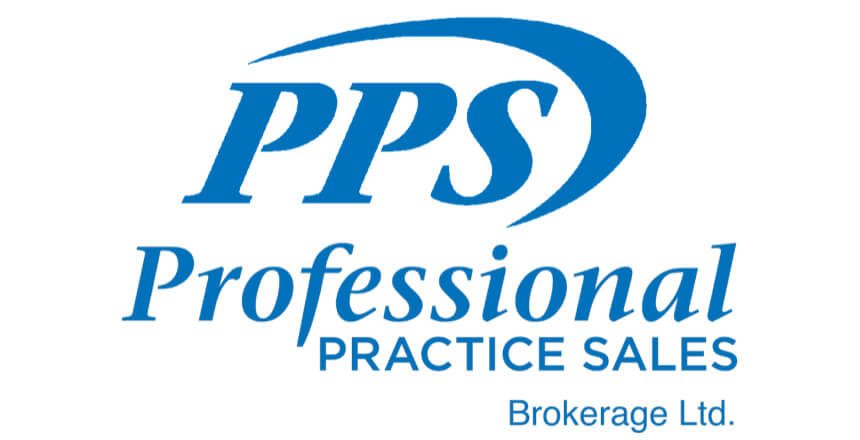
Back in November 2005 I wrote about this same topic and the rules have not changed. You may have started out with two operatories and grown to three or four but you may be in the same location. Neighborhoods change, have you? If your practice is now worth a million dollars does your practice look like a million dollars? One can get used to the same four walls but you should step back and critically look at your practice as others would see it. A dental practice valuation would do the same as if new eyes were looking at your practice.
Major renovations should generally take place after 20 years to modernize your practice’s appearance. This does not mean just changing the colour of the paint. Today the reception area and the waiting room tend to be combined into a more open concept layout. No more sliding glass panels. A good indicator that suggests a change would be a positive step is the percentage rent you are paying. Rent is normally five to seven per cent of gross. If you are down at three per cent perhaps you should have more space or should move to a different, newer location. Another clue that a new facility would be a positive move is that your patients have migrated away from your current location.
Sometimes a move might be initiated by the opportunity of a nice new building with an available ground floor location or the space next door becomes available and you could expand and still control your costs. Lack of operatory room is also a good sign that you need more space. A rule of thumb is that you should have an operatory for every $300,000 in billings, with a minimum of two operatories. If your gross billings are $1,300,000 then you should have a minimum of five operatories.
Without moving or expanding, you will be trying to sell your dental practice in its original location that is 30 to 40 years old. This is not what purchasers are looking for. The trick is to move soon enough to be able to write off the leasehold changes against your income by the time you sell your practice. The office space should still look good and contemporary for the purchaser and you will have paid it off. When you sell shares you would not have any recapture for tax purposes. Certainly, it is an additional capital investment to move but in the long run you will find it stimulating and rewarding. Now is the time to have larger operatories, a staff room, a private office and a more visible, appealing practice for your patients. Moving is also an opportunity to invest in your practice. A good rule of thumb is that the tangible assets of the practice should have a value of about 25 per cent of your gross billings.
Typically, if the practice is not contemporary in its appearance then it gets merged into a larger practice and you move with the practice for a year or two to transfer the patients to the new practice. Thinking forward five to ten years is like having your practice “staged” as vendors do when selling their homes today. I would guess that the opposite is also true if your practice has gone down in its production – then there is little need for you to move. Save your money and concentrate on enhancing you practice by attracting new patients. If the ethnicity of your community has changed and the neighborhood prefers a different nationality you may have to think of moving to a neighborhood that would feel more comfortable with you. Sometimes this can be accomplished by purchasing a practice in a desirable location rather than setting up a new practice facility.
One thing I have found is that a new or different facility is upbeat. Recently a practice that we had for sale, which was in one of those old second floor locations that would be hard to sell, we moved to an existing vacated practice at a cost of about $20,000 to move. He received an additional $80,000 over his value in his old location. Originally the vendor wanted to sell and leave shortly thereafter but with the new location he sold and will be staying on for two years. It gave him a new zest for dentistry.
